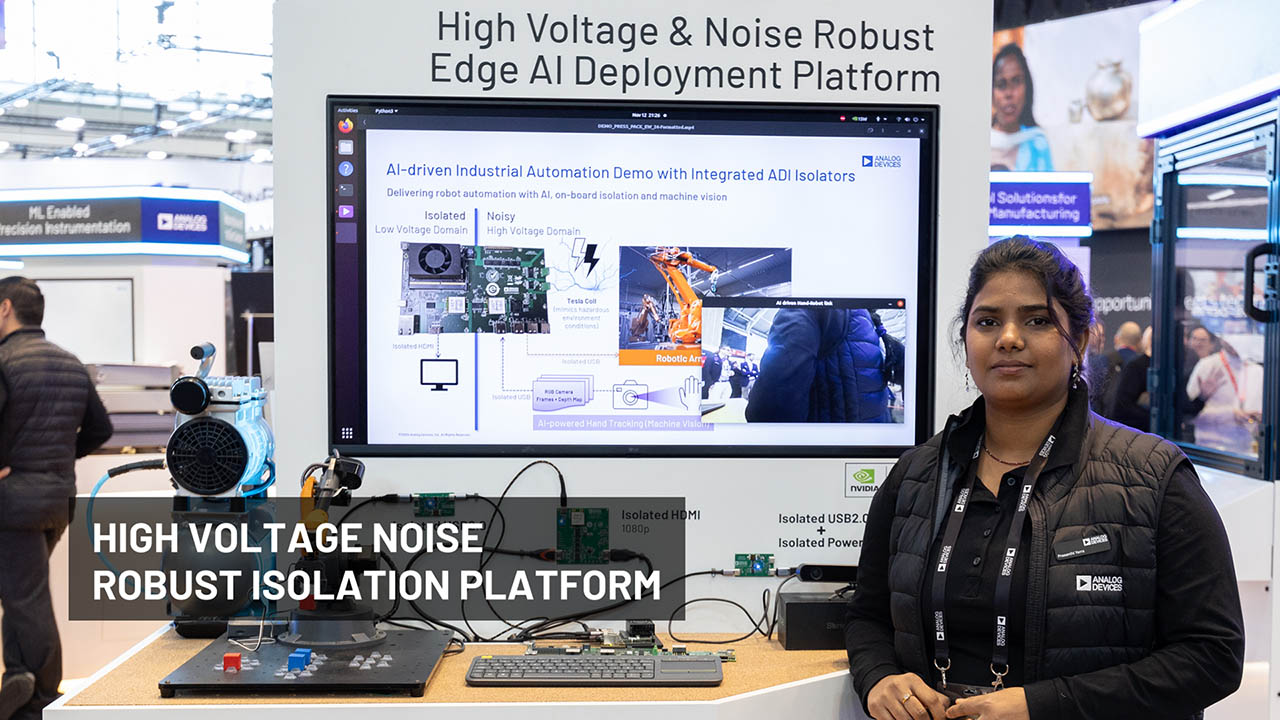摘要
This tutorial introduces the different types of heart-rate and fitness monitors and highlights the types of data collected by each. Also discussed are data communications, including USB and RF transmission, and the importance of low-power design for these portable, battery-powered devices.
Overview
Fitness monitors track and record physical activity with the goal of improving a person's physical fitness. This is done by sensing or measuring a number of parameters such as heart rate, temperature, distance, and time. A wristwatch device collects the information to display to the user. A heart-rate chest strap measures pulse and sometimes temperature, provides conditioning of the cardiac signal before data conversion, and wirelessly transmits the data to the wristwatch display. An optional foot-pod shoe insert measures a runner's cadence to determine the distance traveled, and it wirelessly transmits that data to the wristwatch display. Some fitness monitors use GPS to measure the distance traveled, eliminating the need for a foot pod.

Heart-rate fitness monitor.
Design Parameters
The wristwatch monitors the workout in real time and records the results in an onboard memory device or within the MCU. It uploads this data to a PC using a USB cable or wirelessly through a dongle plugged into a USB port on the PC.
The RF transmitters need to be low power because they are powered by small batteries and because of FCC regulations. The low transmitter power means that good antenna design is critical for reliable data transfer, even though the transmit distance is typically less than two meters. ASK transmission is recommended for this application because it offers better sensitivity than FSK and, thus, enables lower power transmission. Minimizing the transmit time with a low duty cycle and powering down the transmitter in between each transmission can save additional power.
All the individual elements of the fitness monitor, except for the PC dongle, are worn by the user and are battery powered. Thus, small size and low power are critical design parameters. The heart-rate chest strap and foot-pod shoe insert are usually powered by a primary coin-cell battery. The wristwatch display can be powered either by a primary coin-cell or a rechargeable battery, which is charged through an AC adapter or USB cable. A simple-segment LCD with an optional backlight is used for the wristwatch display.

Functional block diagram of a heart-rate/fitness monitor. For a list of Analog's recommended solutions for heart-rate/fitness monitors, please go to: www.analog.com/en/applications/markets/consumer-pavilion-home/hearables-and-wearables.
{{modalTitle}}
{{modalDescription}}
{{dropdownTitle}}
- {{defaultSelectedText}} {{#each projectNames}}
- {{name}} {{/each}} {{#if newProjectText}}
-
{{newProjectText}}
{{/if}}
{{newProjectTitle}}
{{projectNameErrorText}}



















